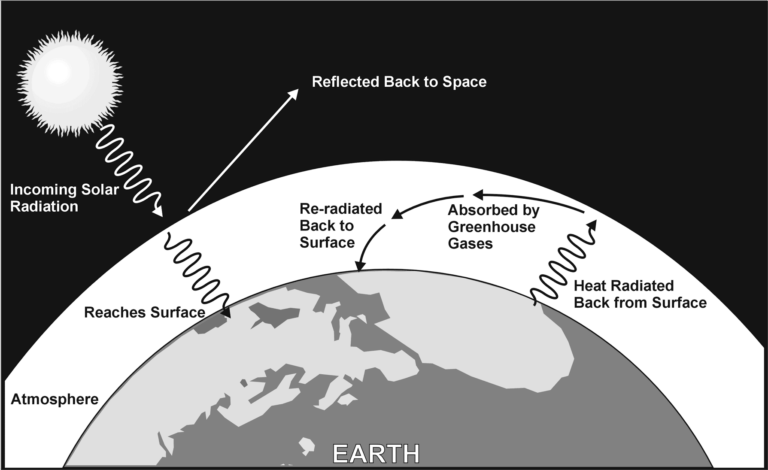The Greenhouse Effect
Experiment #15 from Agricultural Science with Vernier
- Subject
- Agricultural Science

Introduction
The greenhouse effect is a natural phenomenon that occurs due to solar radiation entering our atmosphere and interacting with specific atmospheric gases. When solar radiation reaches the upper layers of the atmosphere, short wavelength radiation passes through to the surface, while longer wavelength radiation is reflected back into space.
Gardeners take advantage of the greenhouse effect by using greenhouses to grow plants in cold weather. Because the air inside the greenhouse stays warmer than the outside air, plants that require warm weather can be grown in cold weather. This is possible because solar radiation from the sun passes through the glass of the greenhouse and becomes trapped. Solar radiation transforms into infrared (IR) radiation or heat energy and cannot pass back through the glass. With this heat trapped inside and the lack of mixing between the inside and outside air, the greenhouse stays consistently warm.
At night, the air above Earth’s surface cools, and energy is transferred from the land and water to the air. Gases in the atmosphere keep the heat from radiating back into space, causing the air to be warmer than it otherwise would be if there were no atmosphere. The gases most responsible for this effect, referred to collectively as greenhouse gasses, are water vapor, carbon dioxide, methane, and nitrous oxide.
Objectives
- Use temperature probes to measure temperatures in a model greenhouse and a control.
- Use the results to make conclusions about the greenhouse effect.
Sensors and Equipment
This experiment features the following sensors and equipment. Additional equipment may be required.
Option 1

Ready to Experiment?
Ask an Expert
Get answers to your questions about how to teach this experiment with our support team.
- Call toll-free: 888-837-6437
- Chat with Us
- Email support@vernier.com
Purchase the Lab Book
This experiment is #15 of Agricultural Science with Vernier. The experiment in the book includes student instructions as well as instructor information for set up, helpful hints, and sample graphs and data.


